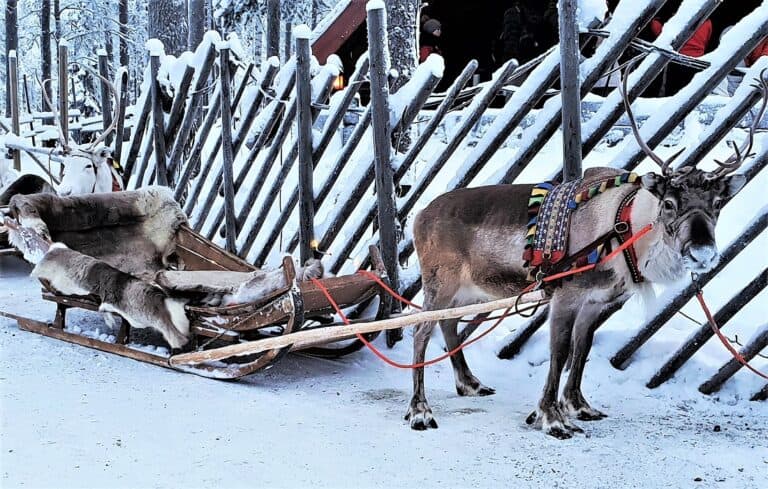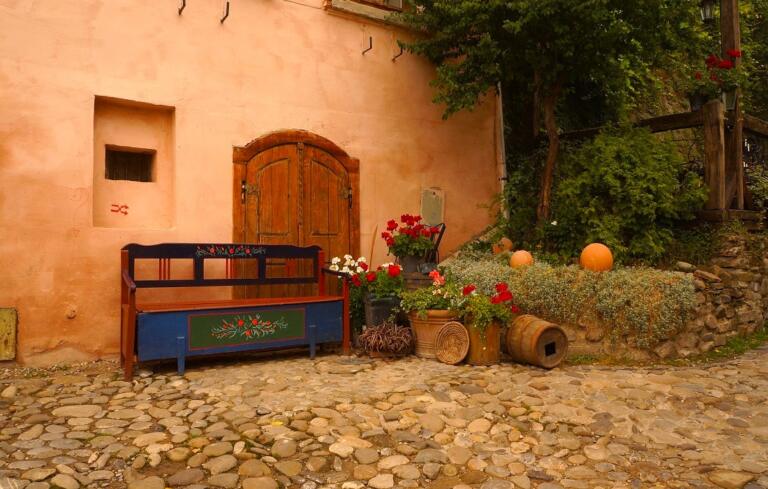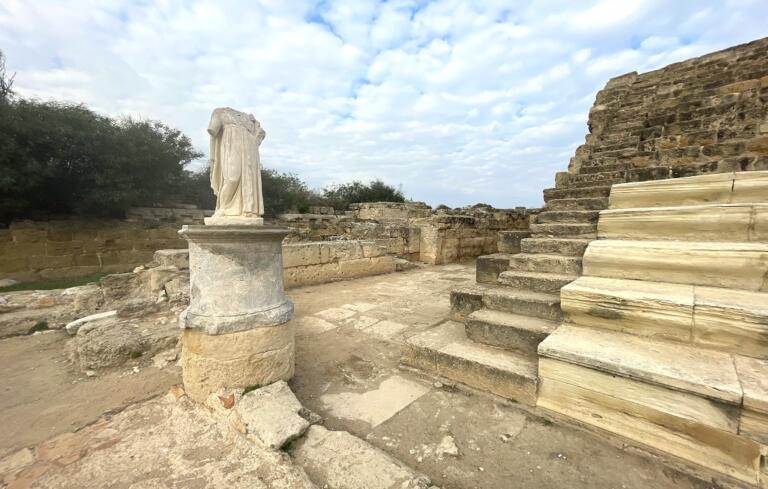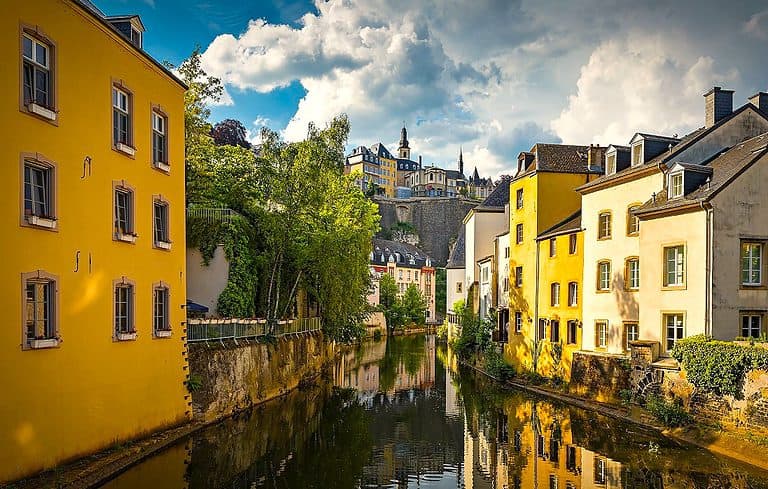Historic Centre of Vienna: A Trip Through History and Time
The Historic Centre of Vienna is situated on the Danube River’s banks and has a long history and rich culture, with imperial majesty and artistic quality reigning supreme. The city has Roman origins, and its medieval past is etched in the tiny cobblestone alleyways of the Inner Stadt (Old Town). The panorama is decorated with architectural masterpieces created over the centuries.
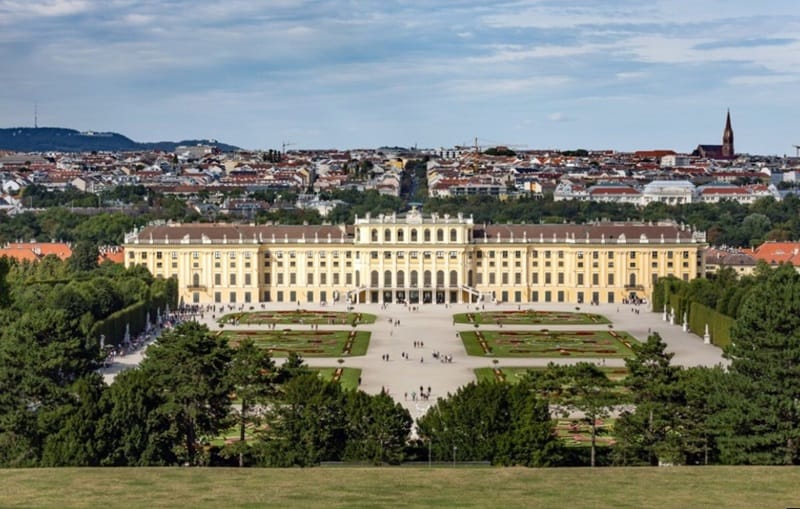
This post may contain affiliate links. Please read our disclosure and privacy policy for more information.
In addition to its historical grandeur, Vienna is thriving as a modern metropolis. It faces the challenges of urban development while carefully preserving its historical identity. At every turn, this city exudes a sense of elegance and sophistication. Amidst the echoes of classical melodies and the whispers of history, the city continues to evolve. To capture moments from your trip, you can consult with tattoo artists in Houston and create meaningful designs.
Read on to learn about the main sights, places, and moments in the history of Vienna. The city transcends time and beckons with open arms to those eager to explore its captivating narrative.
Background of the Historic Centre of Vienna
Vienna’s history dates back to ancient times, with evidence of early settlements by the Celts and Illyrians. However, the Romans left an indelible mark on the region, establishing the military camp of Vindobona around 15 BC. This strategic outpost along the Danube River was a vital crossroads and laid the foundation for its future importance.
As the Roman Empire declined, Vienna transitioned into a medieval settlement. The Babenberg Dynasty was crucial in shaping destiny in the early Middle Ages. The city evolved into a bustling trading center, fortified by walls and towers, setting the stage for its emergence as a key player in Central European affairs.
Renaissance and Baroque Periods
Vienna’s historic center experienced a profound transformation during the Renaissance, marked by a revival of arts, culture, and intellectual pursuits. The city embraced Renaissance ideals under the Habsburg rulers, notably Emperor Ferdinand I and Maximilian II. European architects and artists were commissioned to embellish the city with structures reflecting the era’s humanistic spirit.
During the Baroque period, he succeeded in the Renaissance, bringing a theatrical and exuberant aesthetic that left an indelible mark on Vienna’s historic center. The Italian Baroque architect Johann Bernhard Fischer von Erlach played a pivotal role during this era, leaving his artistic imprint on several vital landmarks.
Architectural Marvels
The historic heart of Vienna is a compelling canvas that displays architectural marvels, each reflecting a tale of the city’s progress. You’ll come across a symphony of styles as you walk along the cobblestone streets, ranging from Gothic spires to Baroque palaces, all creating a lovely metropolitan panorama.
St. Stephen’s Cathedral
The defining symbol of Vienna is St. Stephen’s Cathedral (Stephansdom), with its tall spire reaching for the sky, a masterpiece of Gothic architecture that has observed centuries of history and acted as a mute witness to the city’s growth.

It was built in the fourteenth century and now is a tribute to the period’s brilliant architects. The intricate lacework of its spire, reaching 136 meters into the sky, dominates the Vienna skyline. The cathedral’s exterior is adorned with stunning details, from the ornate gargoyles to the intricate stained-glass windows, creating a visual feast for admirers.
Hofburg Palace
Initially built in the 13th century, Hofburg Palace served as the principal imperial residence for the Habsburgs. Over the years, it underwent expansions and renovations, transforming into a magnificent complex that mirrors the changing styles of the times. The Swiss Wing, the Amalienburg, and the Leopoldine Wing showcase a captivating fusion of medieval, Renaissance, and Baroque architecture.
While no longer a royal place, Hofburg Palace remains a dynamic cultural and political hub. It houses the official residence and workplace of the President of Austria and serves as a venue for concerts, events, and exhibitions. The surrounding Heldenplatz and Volksgarten offer scenic spaces for leisure and contemplation.
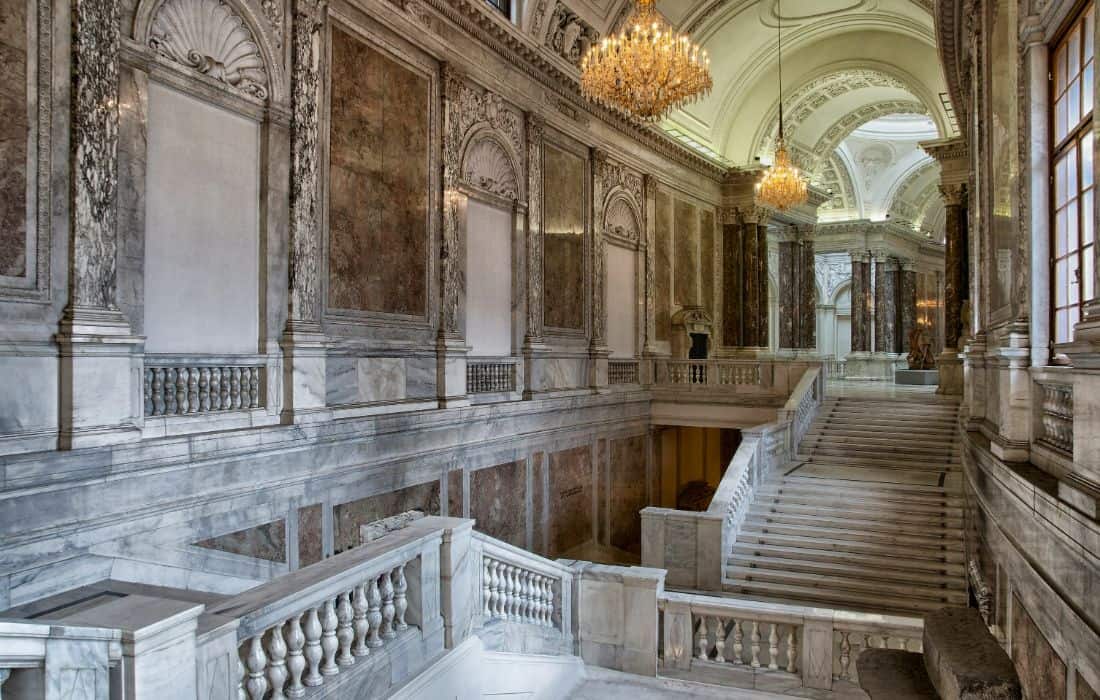
Tours Of The Historic Center of Vienna
Cultural and Artistic Heritage
Vienna, a city steeped in history and artistic brilliance, unfolds like a living canvas where every street, palace, and concert hall tells a tale of cultural richness. The convergence of imperial legacy, classical music, visual arts, and intellectual pursuits has bestowed upon a cultural and artistic heritage that is a testament to its enduring significance.
Vienna State Opera
The Vienna State Opera is celebrated for its exceptional acoustics, creating an immersive and enchanting experience for audiences. The horseshoe-shaped auditorium, adorned with plush red velvet, allows for optimal sound diffusion, ensuring that every note and nuance reaches the ears of the audience with crystal-clear precision.
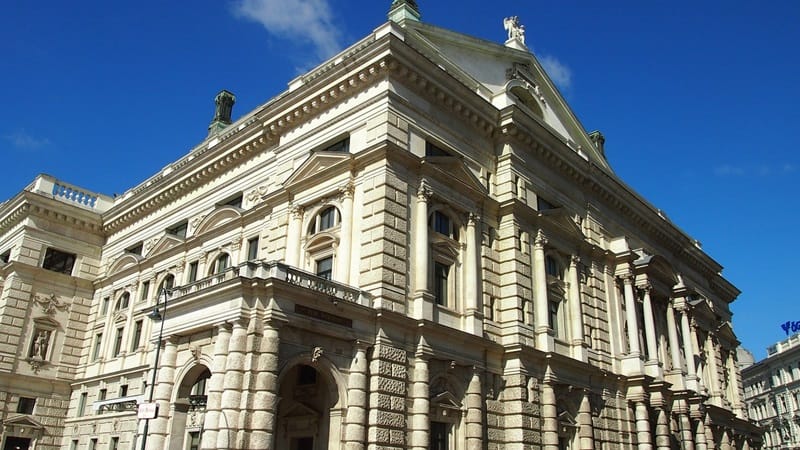
From the works of Mozart and Verdi to the transcendent compositions of Richard Wagner, the opera stage resonates with the echoes of timeless classics. Ballet performances, executed with precision and elegance, enhance the cultural offerings visually. A visit to the Vienna State Opera is more than simply seeing the performances; it is also a tour through architectural magnificence. This beautiful stairway has seen the footsteps of kings, dignitaries, and music fans worldwide.
Albertina Museum
Situated at the southern tip of the historic center, the Albertina Museum is a cultural beacon, housing an unparalleled graphic arts collection. Originally a Habsburg palace, it now boasts an impressive array of prints, drawings, and photographs. The museum’s diverse exhibits span from old masterpieces to contemporary works, providing visitors with a comprehensive journey through the evolution of artistic expression.
Architectural Grandeur
The historic heart of Vienna is a tribute to the architectural genius, displaying a beautiful combination of styles spanning the ages. Each structure and facade tells a narrative of imperial magnificence, creative brilliance, and devotion to architectural perfection.
The Ringstrasse
The Ringstrasse’s development in the mid-nineteenth century sparked a surge of architectural innovation. This circular avenue is lined with notable structures such as the Parliament Building, City Hall, and the University of Vienna, all of which contribute to the architectural variety of the city. The Parliament, influenced by Greek architecture, and City Hall, a Gothic Revival masterpiece, are prominent examples of the Ringstrasse’s grandeur.
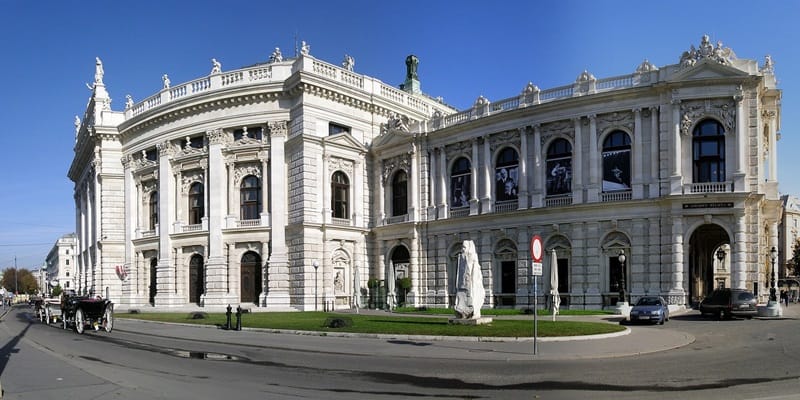
Parliament Building
Vienna’s historic center is graced by the imposing presence of the Parliament Building, a symbol of the city’s commitment to democracy and architectural grandeur. Nestled along the iconic Ringstrasse, this monumental structure is a captivating blend of classical Greek influences and Austrian aesthetics.
Designed by Theophil Hansen and completed in 1883, the Vienna Parliament Building is a prime example of neoclassical architecture. Its commanding presence is characterized by a stunning blend of Greek influences, featuring majestic columns, pediments, and sculptures that pay homage to the ideals of ancient democracy. The building’s scale and symmetry evoke a sense of timeless grandeur.
City Hall (Rathaus)
Designed by Friedrich von Schmidt and completed in 1883, the Vienna City Hall is a testament to the resurgence of Gothic influences during the late 19th century. Its towering central spire, adorned with ornate details, reaches towards the sky, while smaller spires and turrets contribute to the building’s fairy-tale-like appearance. The facade, featuring statues and gargoyles, creates a visual symphony of Gothic elements.

It has been the backdrop for significant events, including political gatherings, ceremonies, and public demonstrations. The Rathaus has witnessed the changing tides of Austrian history from the days of the Austro-Hungarian Empire.
As night falls, the Vienna City Hall undergoes a stunning transformation. The facade is bathed in light, emphasizing the architectural details and creating a captivating nocturnal ambiance. The illuminated Rathausplatz becomes a gathering place, creating a magical setting in the heart of Vienna.
The City Hall’s grandeur is not confined to its architecture; it spills into Rathausplatz, the square that serves as its forecourt. Framed by the Rathaus and adorned with gardens and fountains, Rathausplatz is a lively public space hosting events, markets, and the famous Vienna Christmas Market in winter. The square is a hub of activity, providing a picturesque setting for locals and visitors.
Modern-Day Life in the Historic Centre
Vienna’s historic center, a UNESCO World Heritage Site, isn’t frozen in time; it’s a vibrant district where past echoes harmonize with modern life’s rhythms. As you stroll through its cobbled streets and iconic squares, you’ll discover a seamless integration of history, culture, and contemporary living that defines the unique charm of the city’s heart.
Cafes and Street Markets
Vienna’s coffeehouse culture is legendary, and the historic center is its beating heart. They coexist with trendy cafes, blending traditional Viennese coffee and innovative brews. Locals and visitors alike gather to savor a leisurely cup of coffee, engage in intellectual discussions, or soak in the atmosphere of these charming establishments. Savor Vienna’s culinary delights by trying traditional dishes at a local Heuriger (wine tavern) or exploring Naschmarkt for international flavors. Spend your afternoon in the MuseumsQuartier, a vibrant cultural complex hosting contemporary art exhibits and trendy cafes.

The historic center comes alive with street markets and local shops that add a contemporary flair to the traditional setting. From Naschmarkt’s bustling stalls offering fresh produce and international delicacies to artisanal boutiques tucked away in historic alleyways, the market scene reflects Vienna’s cosmopolitan identity and commitment to supporting local businesses.
Culinary Experiences
The culinary scene has evolved to embrace global influences, and the historic center is no exception. Restaurants offering a fusion of traditional Austrian dishes and international flavors dot the streets. From Michelin-starred establishments to cozy eateries, the gastronomic landscape caters to diverse palates, inviting locals and visitors to indulge in a culinary journey.
Treat your taste buds to the delightful flavors of Apfelstrudel, a traditional Austrian apple strudel. Whether enjoyed warm with a dollop of vanilla sauce or paired with a cup of coffee, this dessert embodies the sweet essence of Austrian pastry craftsmanship.
A trip to Vienna would be incomplete without savoring Wiener Schnitzel, a classic Austrian dish. This breaded and pan-fried veal or pork cutlet is often served with a wedge of lemon and a side of potato salad or parsley potatoes. Experience this quintessential Viennese dish in traditional establishments like Figlmüller or Plachutta.

Vienna’s wine culture extends beyond Heuriger. Explore one of the city’s intimate wine bars or visit the WienWein wine shop to sample a diverse selection of Austrian wines. Austrian wines are celebrated for their quality and unique varietals, from crisp whites to robust reds.
Events and Festivals
Throughout the year, the historic center transforms into a stage for many events and festivals. Whether it’s a classical music performance echoing through the courtyards of Hofburg Palace or a lively street festival celebrating Vienna’s diverse cultural heritage, there’s always something happening. The blend of traditional and contemporary festivities creates a dynamic and inclusive atmosphere.
Vienna Opera Ball
As a city synonymous with classical music and grandeur, the Vienna Opera Ball stands out as an iconic event. Held annually at the State Opera, this illustrious ball is a dazzling showcase of Austrian elegance and refinement. Debutantes, celebrities, and music enthusiasts worldwide gather to waltz the night away in an atmosphere of luxury.
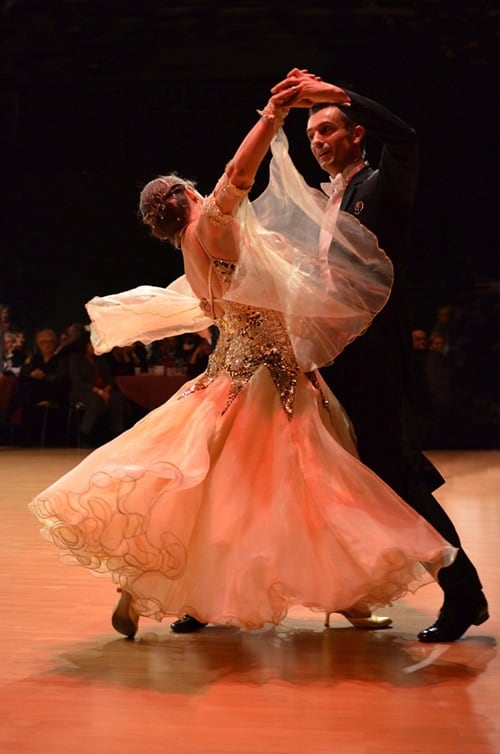
The Vienna Opera Ball is steeped in tradition and rituals that harken back to the grandeur of the Habsburg era. The opening ceremony, featuring the debutantes and their escorts, adds a touch of regality to the proceedings. The Quadrille, a traditional Viennese dance, is a highlight, bringing participants together in a choreographed spectacle that captivates both participants and onlookers.
Vienna Film Festival (Viennale)
Film enthusiasts flock to the historic center during the Viennale, Austria’s largest film festival. Held at various venues, including the Gartenbaukino and the Metro-Kino, this event showcases a diverse selection of international and avant-garde films. The festival’s unique charm lies in transforming cinemas into contemporary experiences.
Vienna’s historic center is not just a backdrop for events; it is an integral part of the festivities, enhancing the cultural experience with its architectural grandeur and timeless charm. Whether you’re indulging in a waltz at the Opera Ball or savoring the festive spirit of a Christmas market, it ensures that every event becomes a memorable celebration.
FAQs
When is the best time to visit Vienna?
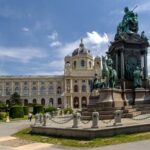
Vienna is charming year-round, but spring and fall offer mild weather for comfortable exploration. The holiday season adds a magical touch to festive markets. Check for specific events and festivals that align with your interests.
What are the must-visit landmarks in the Historic Centre of Vienna?
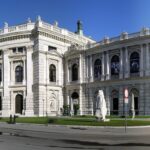
Key landmarks include St. Stephen’s Cathedral, Hofburg Palace, Schönbrunn Palace, Vienna State Opera, and the Parliament Building. These sites showcase Vienna’s architectural grandeur and cultural significance.
How can I learn more about Vienna’s history and heritage in the Historic Centre?
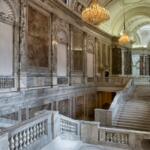
Museums and historical sites within the Historic Centre, such as the Albertina Museum and Hofburg Palace, provide extensive information about Vienna’s rich history. Audio guides and guided tours are available for a deeper understanding.
Closing Thoughts
A trip to this captivating city is a journey through time, where medieval streets intersect, majestic palaces, and classical melodies waft. Begin your adventure in Vienna’s historic center, the Inner Stadt. It is not only a museum; it’s a living, breathing neighborhood where the past gracefully interweaves with the present. The city will enchant you with its ancient Gothic architecture and exciting dishes. Dive into medieval history and feel the echoes of the past as you explore charming squares and hidden alleys.
Looking For More? Start Here:
- 10 Austrian Cities To Explore On A Budget
- Baths in Budapest: A Guide to the City’s Best Thermal Spas
- Vienna, Austria – the Best Things to See & Do
- Italy’s Secret to Happiness
- Kahler Luxembourg – The Farming Village With Graffiti Murals
- Laguna Thermal Resort & Spa, Turkey
- Romania – The Best Tourist Attractions
- Walker’s Haute Route: The Best Hiking Guide
- Useldange Castle, Luxembourg

